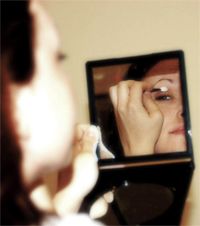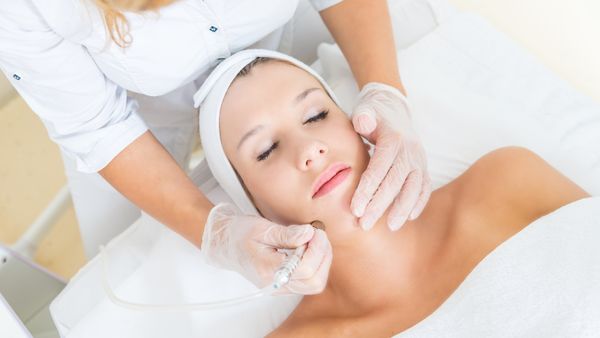It's happened to many of us -- one day you notice a mark on the back of your hand that wasn't there the day before. You're worried because you know the condition of your skin is important for both cosmetic and health reasons. You want to look good and feel well, and you understand that how your skin looks is vital to both of those goals.
So what is this mystery spot? If the mark is oval-shaped, flat on the skin, and a shade of brown, black, or gray, it might be an age spot [source: Mayo Clinic].
Advertisement
Age spots, or solar lentigines, are a common condition [source: Mayo Clinic]. They can appear in clusters or as a single mark [source: American Society for Dermatologic Surgery]. Age spots are sometimes called liver spots, which might lead you to believe that they are connected to the health of your liver. At one time, it was believed that age spots were a sign that one's liver wasn't performing as it should, but we know now that age spots don't have anything to do with liver function [source: Medline Plus]. The term "liver," however, is often still used to describe the color of some age spots, which are usually brown.
The spots can range from the size of a freckle to almost a half inch (more than 1 centimeter) across. Although they aren't dangerous, age spots can be unsightly, and they won't go away by themselves [source: Mayo Clinic].
The good news is that many age spots can be prevented. Or, if it's too late for prevention, they can be treated in a variety of ways. And though some treatments require professional medical care, other remedies can be purchased over the counter at your local drugstore or even whipped up at home in your kitchen.
Read on to find out what causes age spots, and what can be done to prevent or treat them.
Advertisement


